
Dhruv Bhutani / Android Authority
The biggest buzz at WWDC 2025 was around Apple’s spanking new Liquid Glass interface. From a unified year-based naming scheme for its platforms to what might be the most extensive visual overhaul to iOS in years, iOS 26 marks a significant shift in Apple’s software approach.
But is there substance beneath the divisive shiny sheen? I dove into the developer betas to give it a try.
Let me preface this by saying this first beta is very buggy, and I wouldn’t recommend installing it on your primary phone. Still, if you’re eager to explore it, just go to the “Software Update” section under Settings and select “Beta Updates.” That’s all it takes. Since last year, Apple has dramatically simplified the beta sign-up process. Regardless, I’d highly recommend waiting for next month’s public beta before installing the update. With that said, here are some of the most significant additions to iOS 26.
Liquid Glass: The most dramatic design overhaul since iOS 7

Dhruv Bhutani / Android Authority
Apple’s biggest change this year is the introduction of a new design language called Liquid Glass. If you’re a design enthusiast or have experience in web design, you’re likely familiar with glassmorphism. Liquid Glass builds on that aesthetic and makes extensive use of transparency and floating elements. More importantly, this redesign spans every Apple platform from the iPhone to the iPad, Mac, Watch, TV, and even Vision Pro. It’s Apple’s first real attempt to unify the visual language across its entire ecosystem.

Dhruv Bhutani / Android Authority
In practice, Liquid Glass means layers of translucent color, soft reflections, and depth that shift as you interact with your device. It’s playful, dramatic, and distinctly Apple — for better or worse. The Home Screen shows this off best. App icons appear like digital glass, glinting based on the background. You’ll notice bubble-like UI elements across the Photos app, the Fitness App, and even the Camera. On the Lock Screen and in Control Center, most flat backgrounds are now translucent layers. It’s a subtle but impactful shift that makes everything feel like it’s floating rather than just sitting on top of your wallpaper.
Readability suffers under all that transparency — especially in Control Center.
In day-to-day use, not everything works perfectly yet. Transparency can hurt readability, especially in Control Center when it overlaps busy apps like the music player. The Lock Screen has similar issues. Some animations also feel inconsistent.
The interface tweaks continue on to the browser, where you now get a near-full-screen view of the webpage with glass-inspired elements that pop out. Similar to the rest of the interface, there is ample reason to be concerned about readability (especially for those with accessibility needs), and your experience is entirely dependent on the background. Still, this is early beta territory, and Apple typically refines this by the time of public release.
Despite the mixed public consensus, I quite like the general direction that Apple is taking here. The interface looks futuristic to a fault, like something straight out of an Apple TV science fiction show, and I’m personally here for it. But even at this early stage, it is clear that a lot of pain points need to be addressed before the public rollout this September.
The new camera experience

Dhruv Bhutani / Android Authority
The Camera app, too, has received a major, and much-needed, overhaul. In fact, this is the first time in years that Apple has rethought the camera UI from the ground up. While the basics remain the same, Apple has refined the layout to provide quicker access to controls. The refreshed interface makes it easy to swipe between modes like photos, videos, portrait, and more with a single swipe along the bottom edge. This feels intuitive and much more useful when composing shots.

Dhruv Bhutani / Android Authority
Similarly, a subtle but welcome touch is how Apple now surfaces adjustments. In some ways, the Camera app has finally gained the “Pro” mode users have been waiting for. Features such as switching between different recording settings, LOG video, and camera resolution are infinitely more straightforward to access.
While it’s nowhere close to the level of Pro mode features in the best Android camera phones or dedicated third-party camera apps, it’s a good compromise for casual enthusiasts who desire more control without sacrificing simplicity. A side effect of these changes is that the overwhelming amount of animations and floating elements makes the interface feel slower than it is, with everything taking just half a second too long. I can’t say for sure if Apple will allow for toned-down animations, but as it stands, the floaty feeling of the UI wears you down pretty quickly.
Apple Intelligence everywhere
It’s fair to say that Apple’s initial AI push has been somewhat underwhelming. When Apple Intelligence was announced last year, well behind the competition, it distinguished itself with a strong promise of privacy. A year later, a large portion of last year’s promised features are still unavailable, making it difficult to take Apple’s 2025 claims entirely seriously. Regardless, among the newly announced features is deeper integration with the entire suite of on-device communication apps. Moreover, this year, Apple is opening up access to its on-device LLM to third-party developers. That is bound to open up some very interesting and innovative use cases.
In Messages, FaceTime, and the Phone app, Live Translation now enables real-time language translation of both text and audio. It functions within message threads and during calls, providing quick responses without requiring you to leave the app. I couldn’t find a way to activate the feature in the beta.
Apple Intelligence still lags in effectiveness despite the interesting platter of system-wide integrations.
Similarly, Visual Intelligence now understands what’s on your screen and can surface related results, links, or suggestions. For instance, if someone sends you a product image, you can ask the on-device intelligence to show you similar items from the web or pull up information about it without ever leaving the thread. Think of it as Apple’s take on “Circle to Search” but leveraging the power of Apple’s on-device LLM and ChatGPT. This is one of iOS 26’s more exciting features, but once again, it is not yet available in the developer beta.
Genmoji and Image Playground are also part of this AI layer. You can now combine emoji, photos, and descriptive phrases to generate custom stickers and images. While these tools feel like fun party tricks for now, their true power lies in deep system-wide integration. The feature works exactly as you’d imagine and lets you combine existing emojis, photos and text-based prompts to create custom emojis. The results are pretty good, as you can see in the screenshot above. It’s not really something I’d use very often, but better on-device image and emoji generation is effectively table stakes, so an improved experience is very welcome.

Dhruv Bhutani / Android Authority
The other feature that I found exciting was deeper integration of AI into Apple’s on-device scripting service. Apple Intelligence is now available to the Shortcuts app, enabling you to create smarter automations. This means you can integrate Apple’s on-device LLM or even ChatGPT into a shortcut and use it to parse data before passing it on to another app. I can envision use cases like instantly splitting a tab or summarizing any on-screen content, such as an Instagram post. In fact, it took me minutes to get a shortcut up and running to automatically create a note based on a shared Instagram post after passing it through the on-device LLM. That’s very cool.
A smarter battery dashboard
Talking about everyday use features, Apple has finally overhauled the Battery section in Settings. The new interface replaces the 24-hour and 10-day views with a more digestible weekly breakdown. It then compares your average battery consumption to your daily usage, highlighting which apps are consuming power and why. Tapping into any given day reveals a split between active screen time and idle background use. It’s very similar to the battery insights available to Android users and is a welcome addition.
Dig deeper, and you’ll also find a new Adaptive Power Mode. Unlike the static Low Power Mode, Adaptive adjusts in real time based on how aggressively you’re using your phone. It can dim the screen or scale back background tasks without requiring user input. You still get the manual 80% charge limiter and battery health metrics, but the focus here is on smarter defaults.
Settings, Keyboard, Messages, and other subtle improvements
In addition to the big hits, numerous smaller quality-of-life improvements are sprinkled throughout the OS. The keyboard feels chunkier and more precise, with better haptic feedback. There’s a new preview app that lets you perform a wide range of file-based functions, including previewing files, of course. The Settings app has undergone minor restructuring. While not a radical shift, the app feels cleaner and faster to navigate with its revamped font sizing and kerning. In Messages, you can now set custom backgrounds per conversation, adding a bit more personality to threads. Apple has also added a polls feature for group chats, something that arguably should have existed years ago.
The Phone app has also received some attention. It now unifies the Recents, Favorites, and Voicemails tabs into a single, streamlined interface. The most significant addition is Call Screening. It screens unknown callers by gathering context and offering options to respond or dismiss them without ever answering. Hold Assist is another helpful tool. If you’re stuck in a call queue with customer support, your iPhone can now wait on hold for you and alert you when a human finally joins the line.
iOS 26 also introduces a dedicated Apple Games app. It acts as a central hub for all things gaming on your device, effectively serving as a lightweight but genuinely useful Game Center replacement. The app pulls in your installed games, offers personalized recommendations, and allows you to see what your friends are playing. Achievements, leaderboards, and Game Center invites are now neatly tucked into this space. Apple is clearly trying to make iOS gaming feel more like a platform and less like a series of one-off downloads, but it remains to be seen if there’s significant adoption.
So, is iOS 26 worth the hype?

Dhruv Bhutani / Android Authority
It’s hard to say definitively at this early stage. There’s no doubt that Liquid Glass gives iOS a bold new face, and updated Apple Intelligence features feel like the beginning of something genuinely useful. But right now, it’s mostly potential.
iOS 26 is playful, dramatic, and distinctly Apple — for better or worse.
Many features are buggy or half-baked, and even improvements like those in the camera app require further polish. To be fair, this is a developer beta. I’ll reserve judgment until the final release rolls out later this year, but what is undeniable is that this is the most ambitious update Apple has shipped in years.
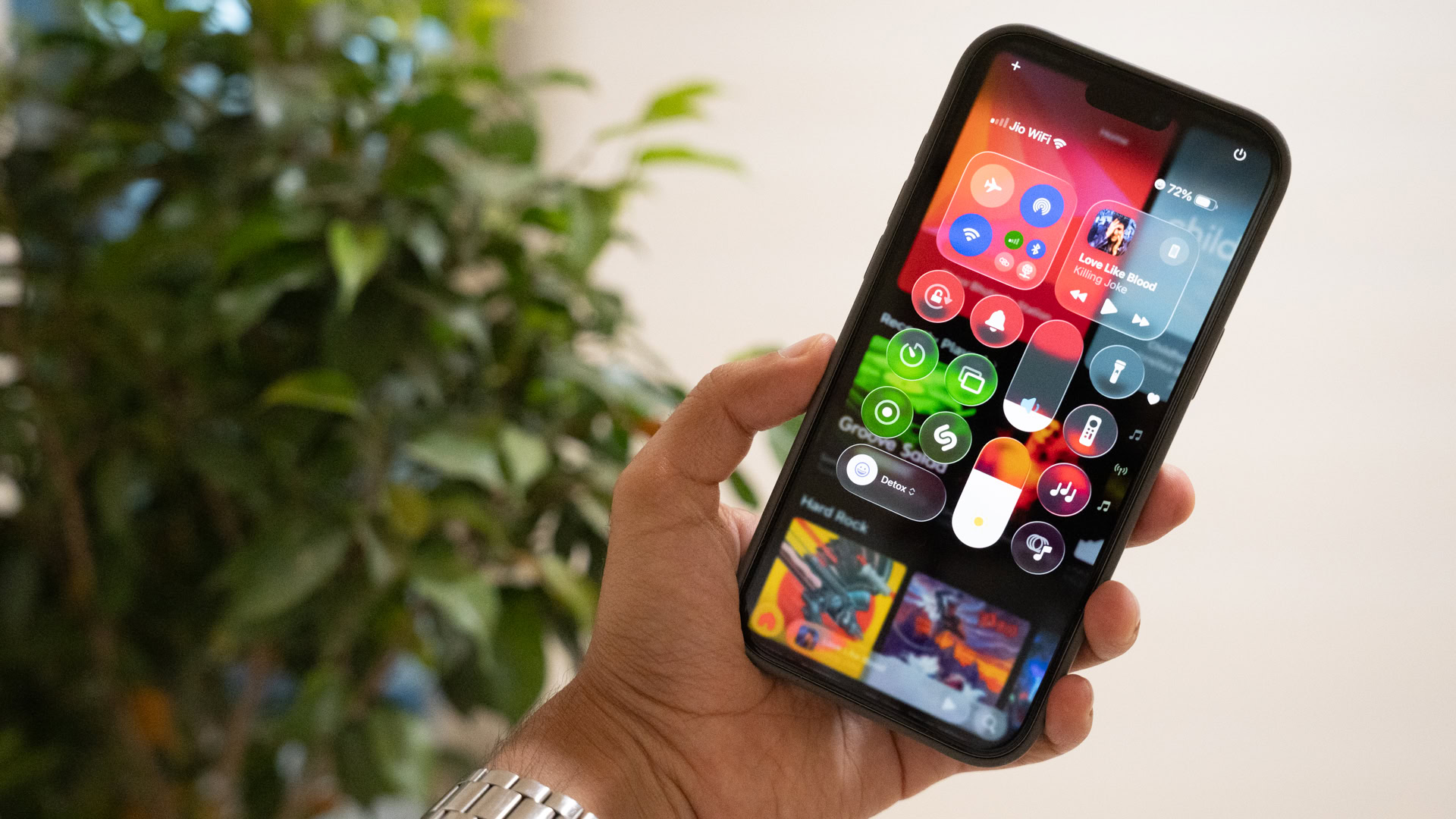
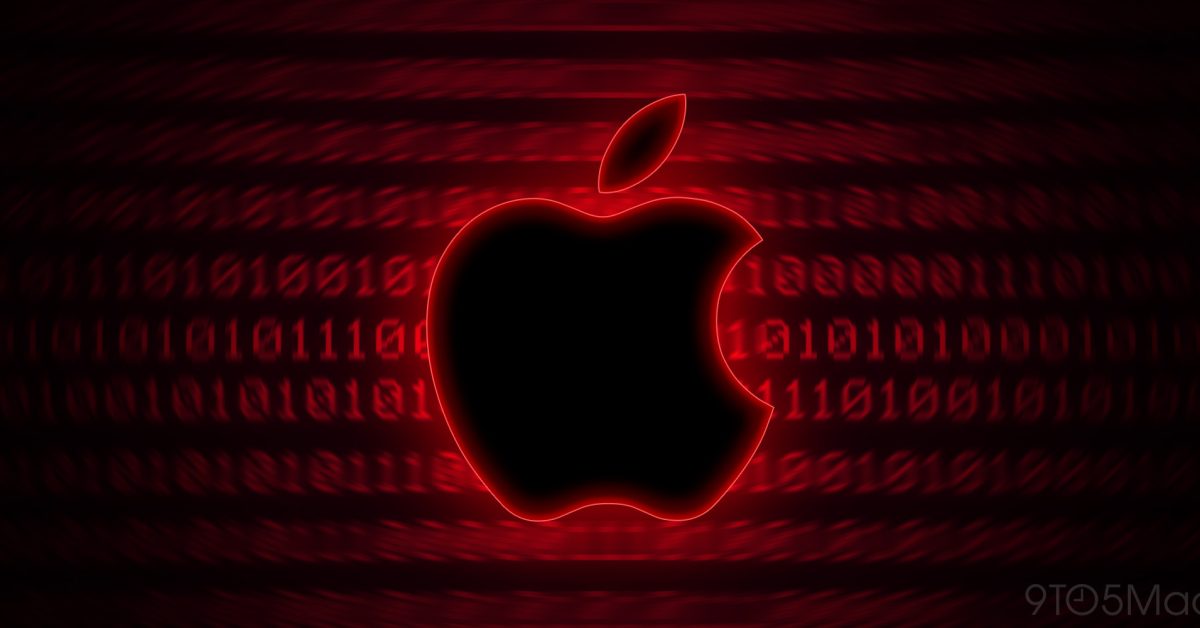
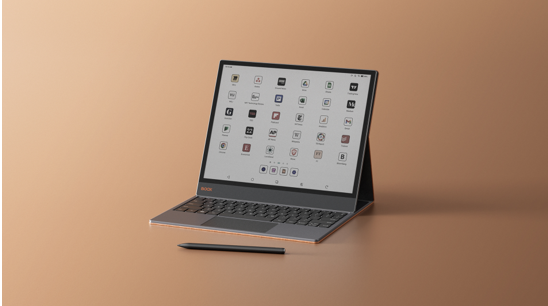
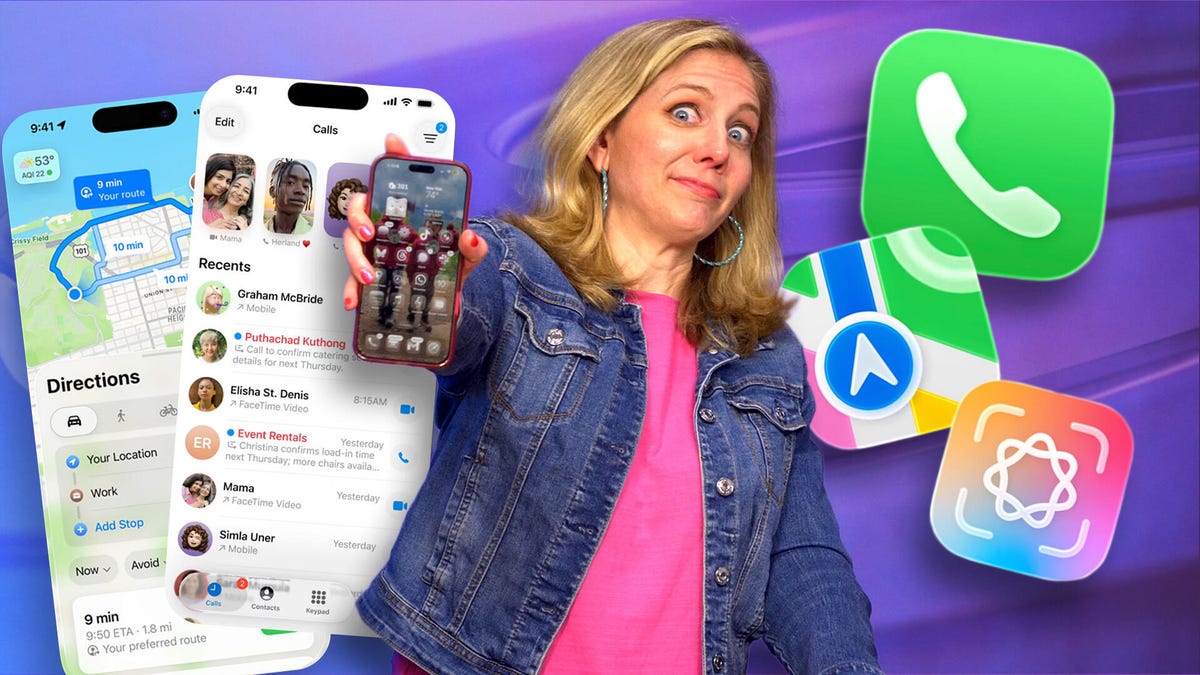



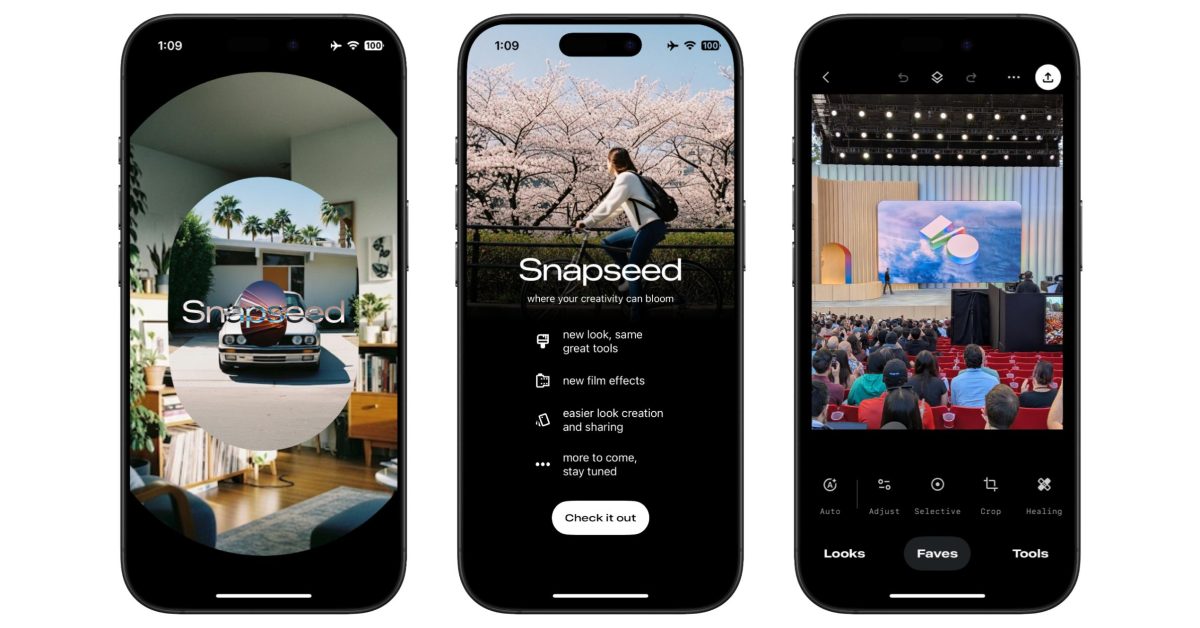

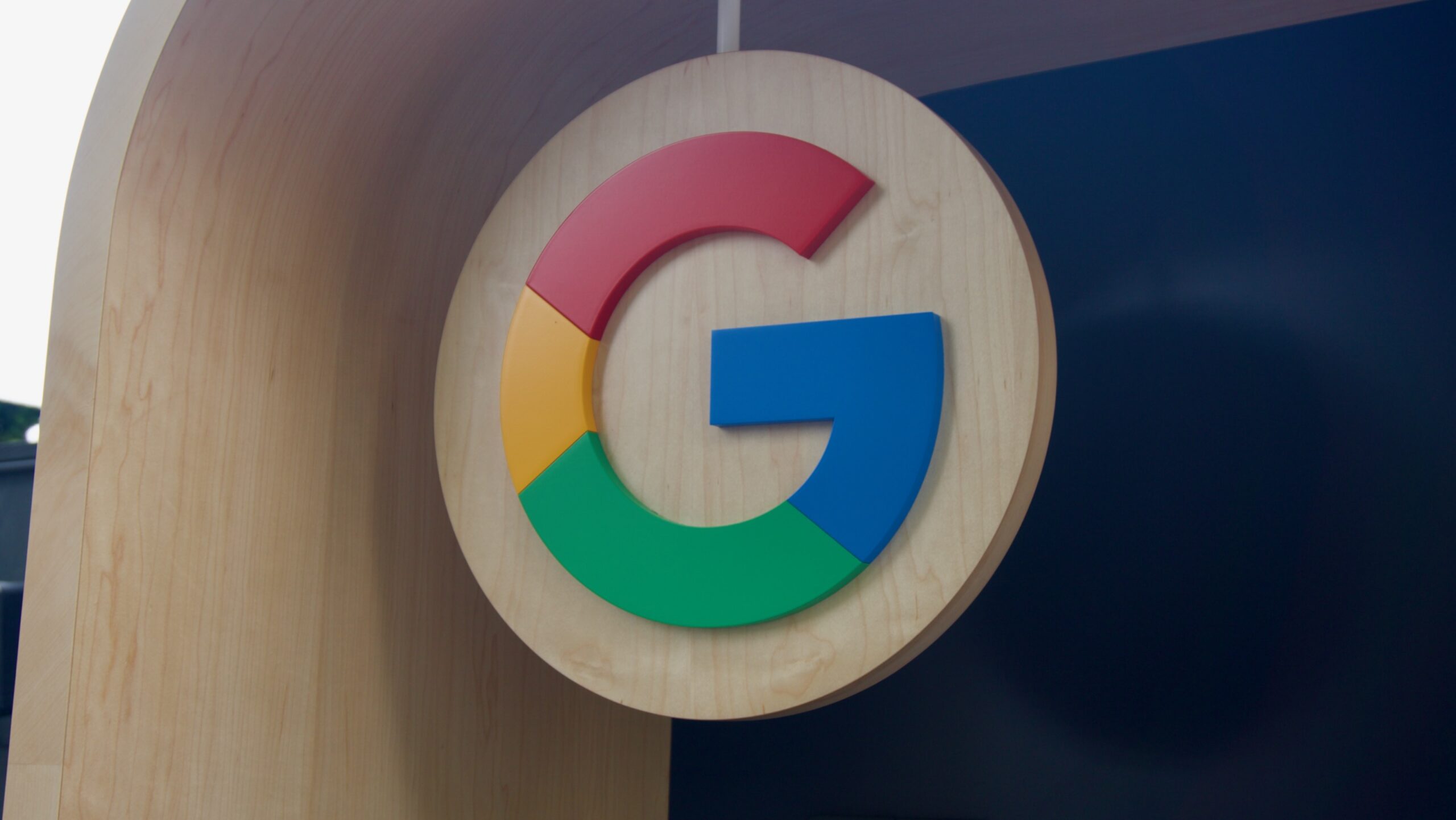

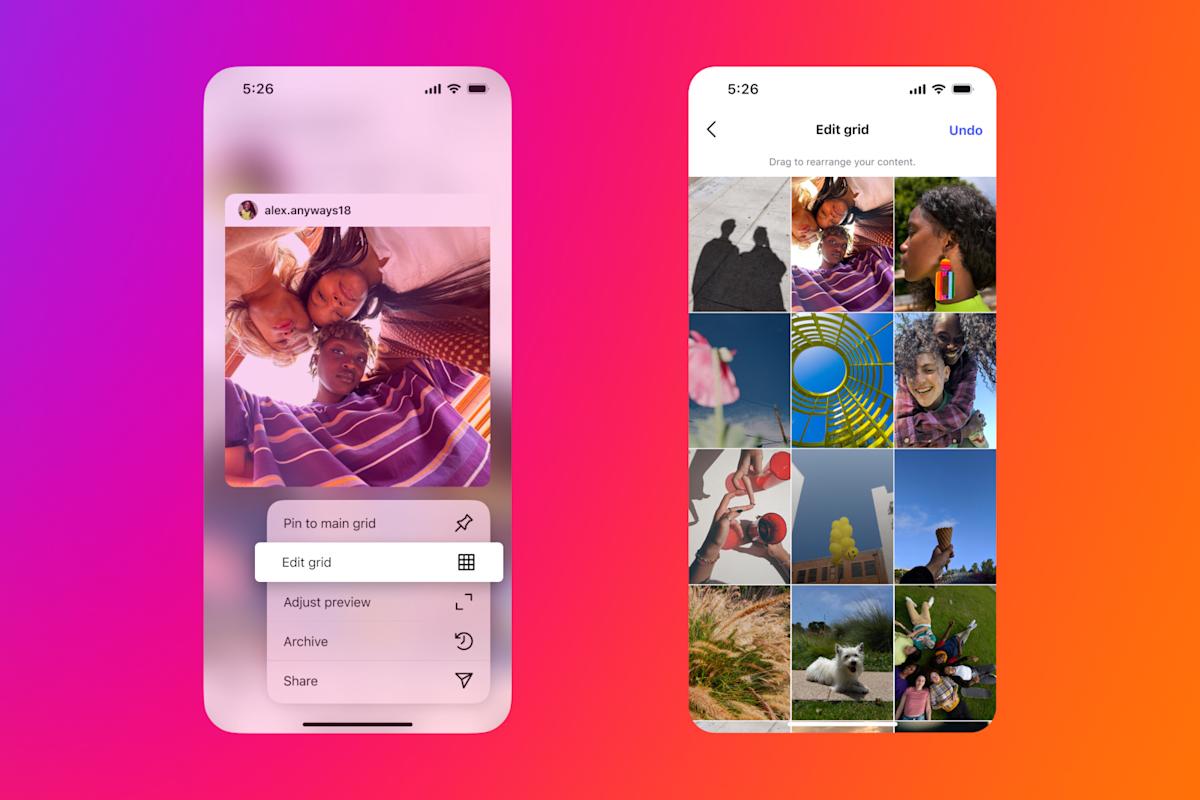
Leave a Reply